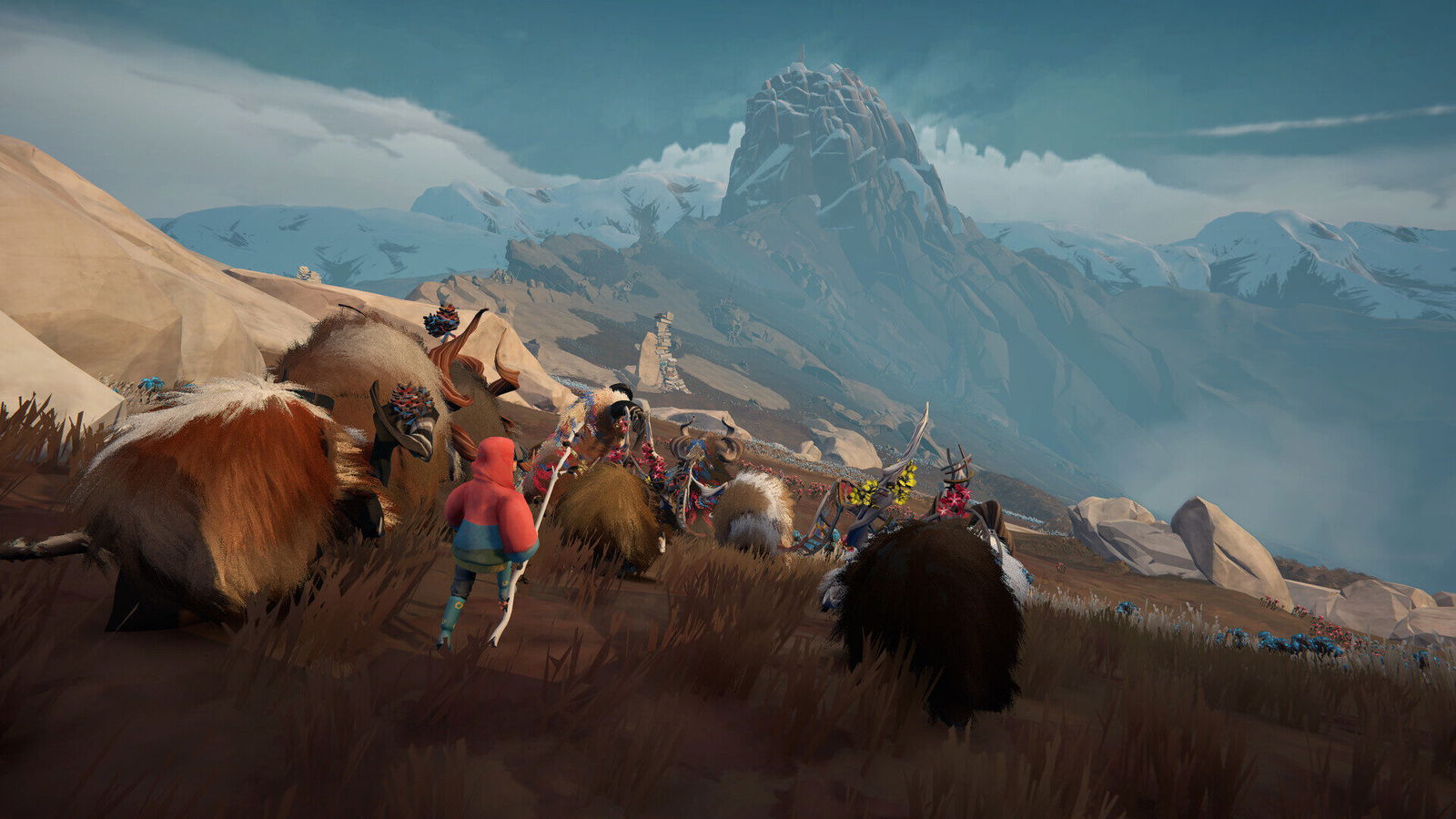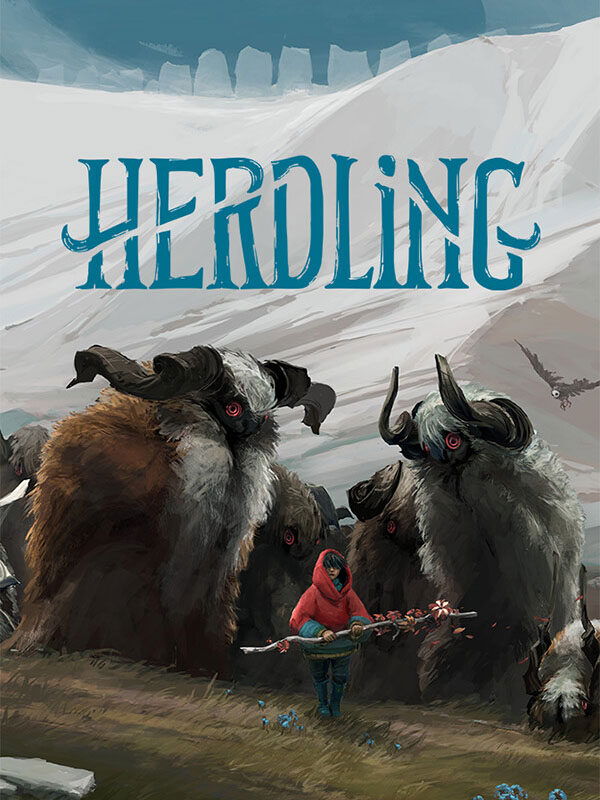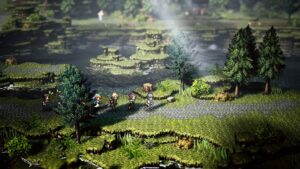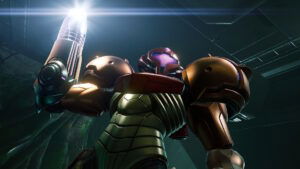I always have somewhat mixed feelings whenever I see a game like Herdling. On the one hand, I always like it when games explore more artistic styles and ideas to offer an emotionally resonant experience. On the other hand, every time I see a game that has very clearly been inspired by Journey, I can’t help but wonder if I should play. Journey already did what it was doing so well 10 years ago, is anyone else really going to come close?
Of course, that’s a glib interpretation since obviously every game has its own merits and should be judged accordingly. Even if it is using Journey as a baseline, so long as it can present its own themes and ideas while capturing that same sense of wonder, then I’m totally on board. In truth, Herdling makes a valiant effort, but never really sticks the landing—having no real lows, but never really achieving any highs either.
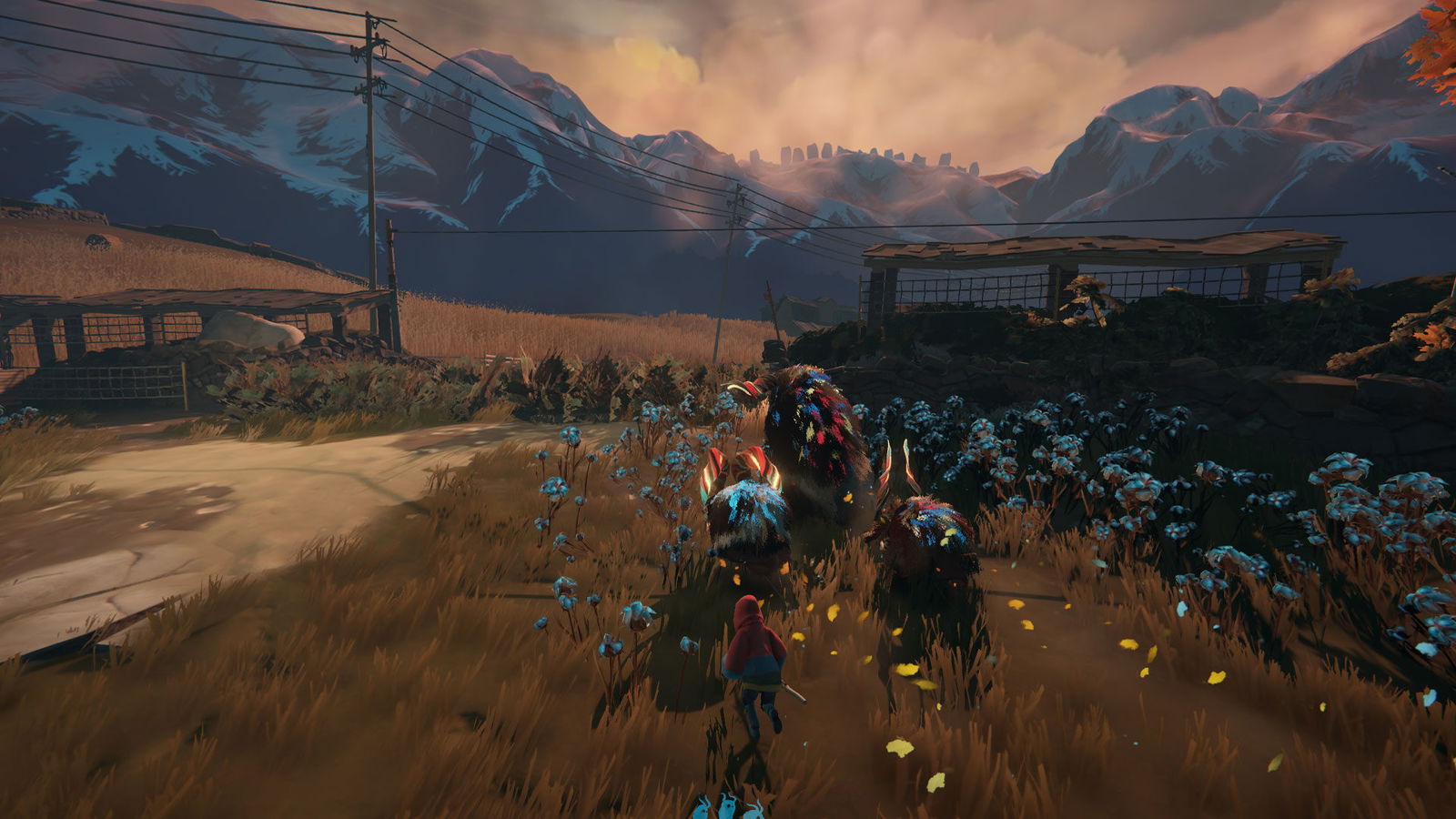
Herdling begins with a young boy sleeping under a bridge until an errant car alarm wakes him and draws him towards the sound. From there, he sees a strange creature called a Calicorn caught in some trash. After helping free it, he begins guiding it until he finds another and another, and soon he has a small herd. A mysterious force seems to beckon him towards a mountain where he needs to bring his herd—and any other Calicorns he finds along the way—so he sets off on his journey (wink).
As is usually the case with these kinds of games, the story is often symbolic of some greater idea that may or may not be left up to player interpretation. For example, Journey always seemed to me to be the story about accepting one’s death. So for my money, I wasn’t concerned so much with the concrete structure of Herdling’s story, but more with what it was trying to be about, and Herdling seems to run a gamut of ideas.
There’s a clear concept of forming familial bonds, as you start as a child living under an overpass and need to take charge and responsibility for a collection of creatures who aren’t as adept as you. The Calicorns rely on you, and you need to navigate them through a world filled with danger, but there are also several moments of levity and fun—the beautiful and terrifying dichotomy of parentage.
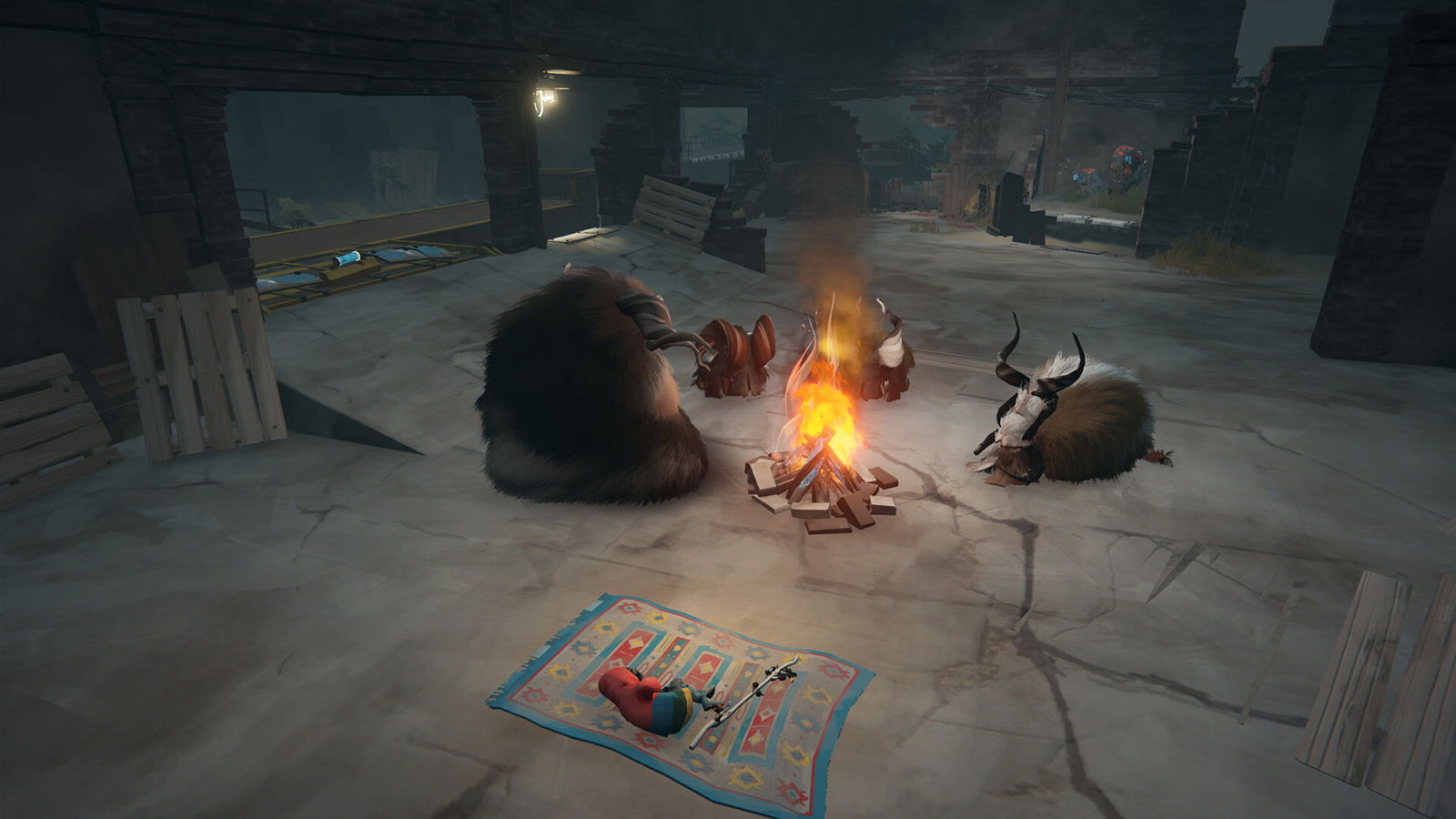
But it also seemed a bit odd to me that the game begins in a fairly modern city, albeit somewhat rundown, and has you escaping into the wilds—making points to put little bits of civilization amidst the nature, often in ways that are more dangerous than helpful. Not only that, but the break from civilization to nature also gives the game a sense of ephemeral whimsy, with the wilderness itself becoming more fantastical as you progress through it, as a strange creature becomes a somewhat antagonistic force along your exodus.
And I know I said I wasn’t concerned with the structure of the story, but there’s no denying its issues, namely the pace. I’ll get into this a little bit more in a sec, but Herdling moves a a fairly consistent pace, never really balancing moments of slow dread against moments of fast-paced excitement. For a game that is using 100% of its gameplay to deliver its narrative, it ends up feeling a bit stale—it’s never bad, but it’s never as good as it could be.
“Visually, Herdling has a beautiful aesthetic that does a lot with a little—blending a bit of cel-shading with semi-realistic detailing to create an atmosphere that feels both believable and dreamlike.”
Gameplay in Herdling is interesting, albeit a little unpolished. Players need to control their herd and move them through areas using a combination of simple commands—telling them when to go, when to stop and when to proceed slowly. From a technical perspective, it’s all achieved pretty seamlessly, only requiring two buttons and some precise reaction time. The issue I have is how players move the herd.
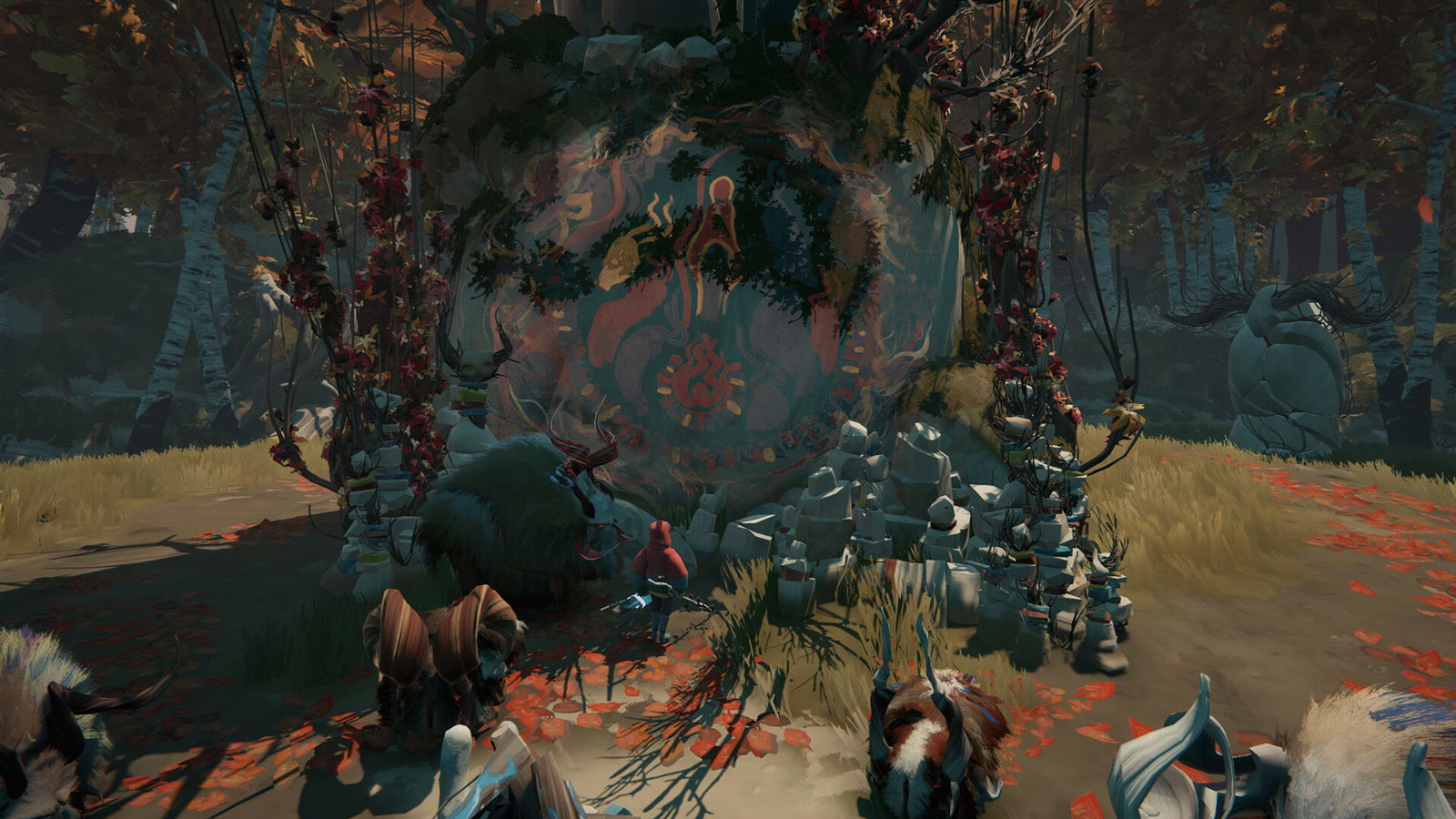
Like a proper shepherd, in order to tell them where to go, players need to be standing behind the herd and in the opposite direction—so if you want to move left, you need to be on their right and vice versa. This is assisted by a little cursor that will show you the direction they will move, and for the most part, it’s easy enough to work with, but there were a few times it felt a bit unintuitive.
This might be a combination of how close you need to be to control your herd, or how you position the camera doesn’t change direction in a way it feels like it should. Like I said, it’s not that it doesn’t work, but it just makes the game feel a little less fluid than it could be, which in turn affects the game’s storytelling since the control feels a little awkward.
Visually, Herdling has a beautiful aesthetic that does a lot with a little—blending a bit of cel-shading with semi-realistic detailing to create an atmosphere that feels both believable and dreamlike. It also does a great job bringing the Calicorns to life, giving them all distinct looks and personalities and adding vibrant colours to their fur in certain scenarios, further adding to the game’s sense of wonder.
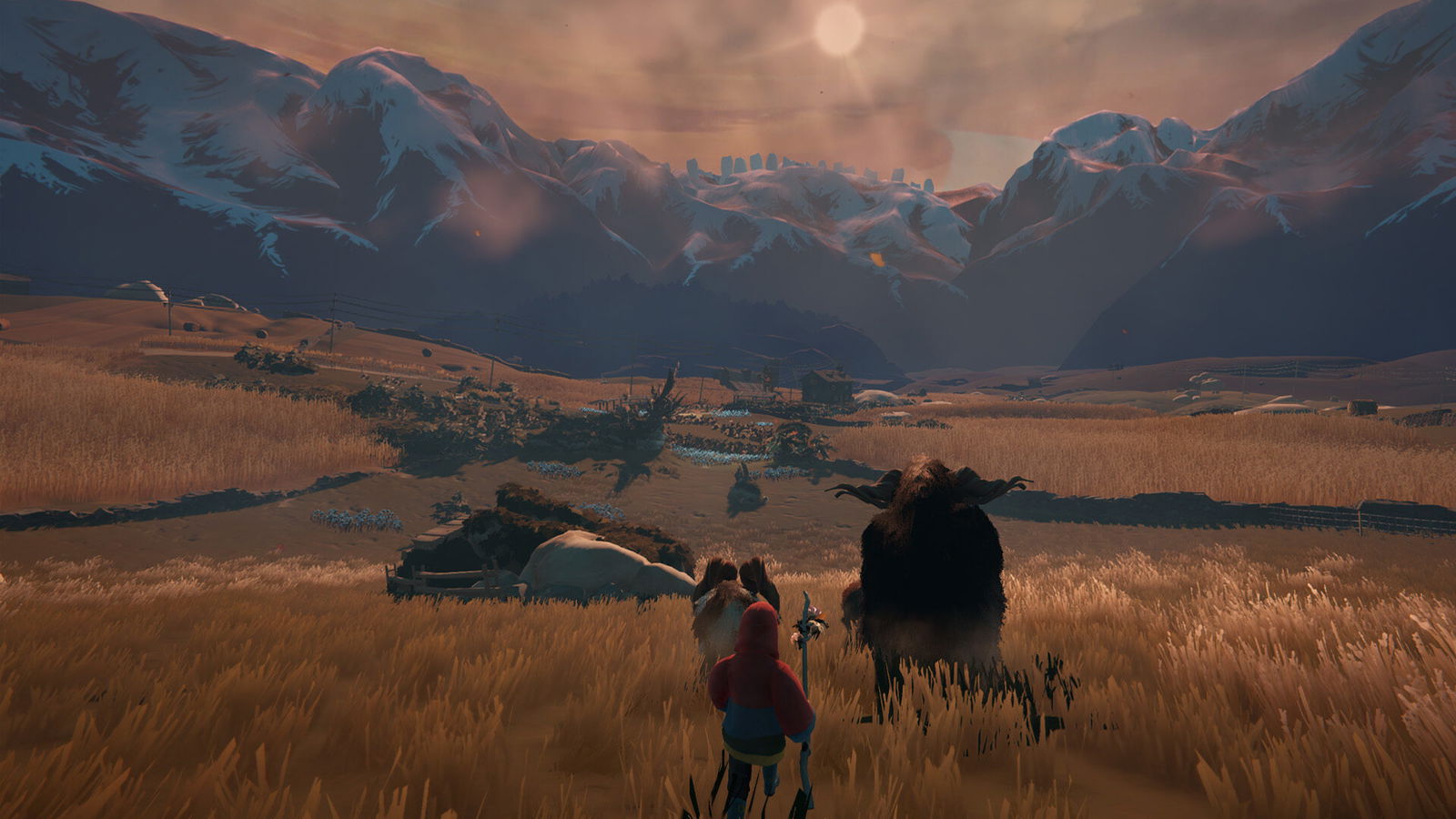
The soundtrack is good, albeit a bit one-note. While several of the tracks do a good job of capturing a certain sense of whimsy, especially where a big herd of ancient goat/deer hybrids are involved, much like with the game itself, it never really has any particular highs or lows. There’s a lot of silence as well, and I’m not sure if that was done intentionally to capture a sense of naturalistic atmosphere or punctuate the moments when the soundtrack kicks in.
Herdling is a good game, but I can’t help but feel like it could have been a bit better. It manages to be a captivating and engaging experience, but with just a little more polish could have definitely been something really special. As it exists, it is a solid piece of proof that video games can still be works of art, but not all art is created equally.
